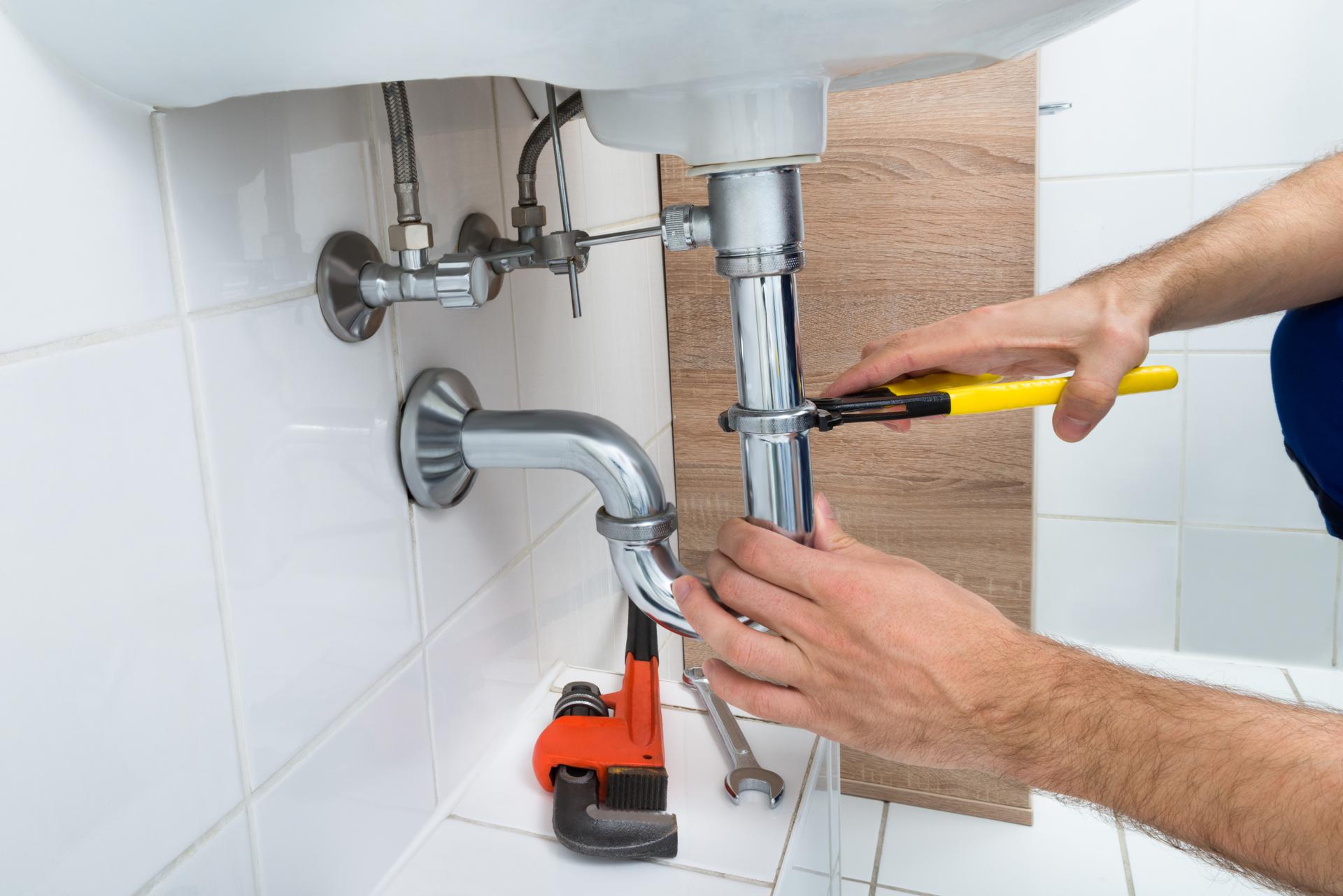Replacing Your Plumbing: What to Look Out For and What to Expect and What You Need to Know

Plumbing is an integral part of any house and provides us with safe water for cooking, drinking and for cleaning, as well for the disposal of wastewater. But, just like every other home appliance plumbing is likely to wear out and require replacement.
Understanding when it’s time to upgrade your plumbing crucial to prevent costly repairs and avoid potential health risks. This article will talk about the signs that suggest your plumbing needs to be replaced, the factors to take into consideration prior to replacing your plumbing, the plumbing replacement process, the benefits in replacing the plumbing and an FAQ section to address any concerns you may have.
There are signs that it’s time to replace your plumbing
There are a variety of indications that your plumbing needs to be replaced, for example: Leaks If you see water spots or puddles in your home, it’s likely to be a indication of a leak in your plumbing. Leaks can cause significant damage to your home’s structure and can lead to the growth of mold, so it’s essential to fix them immediately. Rusty pipes a clear indication that your plumbing is in need of be repaired or replaced. Rust could contaminate the water you drink, making it unsafe to drink or cook with. Low water pressure: If your faucets and showerheads produce weak flow of water is a sign of low pressure water that is caused by corroded pipes or blockages. Water discoloration: Discolored water, such as yellow or brown, is the result of sediment or rust within your pipes. This can affect the flavor and quality of your water. It could also suggest the need for plumbing replacement.
Factors to Take into Account Before Replacing Plumbing
Before you replace your plumbing there are several things to think about, including the age of the plumbing: Plumbing systems have a lifespan of about 50 years. So should your home be more than this, then it’s most likely time for a replacement. Cost of replacement The replacement of your plumbing may be costly, which is why it’s essential to budget for this expense. In the event of a plumbing problem that is severe If the plumbing problems are serious and affect multiple areas of your house then replacement could be the best choice.
What can you expect during the Plumbing Replacement Process
The replacement of plumbing requires many steps, such as closing off your water source Your plumber will need to stop the supply of water to your home to prevent any leaks or water damage. Removal of old pipes The old pipes will have to be removed. This might require cutting through walls or floors. Installing new pipes New pipes will be installed, and may require rerouting to ensure proper water flow. The time frame for replacing the plumbing will depend on the size of your house and the difficulty of the job. The homeowners can anticipate some disruption during the process, including water shut-offs, and possibly destruction to floors and walls.
Benefits of replacing plumbing
Replacing your plumbing can provide a variety of advantages, such as: Increased water efficiency new plumbing fixtures and pipes have higher efficiency, reducing the use of water and your energy bills. Better water quality: Replacing older, corroded pipes new ones will improve the water quality and make it safe for drinking and cooking. Lower risk of plumbing issues The new plumbing is less likely to develop obstructions or leaks, which reduces the need for costly repairs in the near future.
Conclusion
Removing your plumbing is a significant investment, but it’s essential to ensure the safety of your home and comfort. By understanding the signs that suggest your plumbing needs replacing, taking into consideration the factors before replacement, and knowing what you can anticipate during the replacement process, you will be able to make an informed decision regarding the plumbing in your home. Be aware that replacing your plumbing will provide many advantages, such as increased efficiency of water, better water quality, and reduced the chance of having plumbing problems in the future.
FAQ Section
What is the cost to replace the plumbing?
The cost of replacing your plumbing will depend on a variety of factors, including how big your home as well as the complexity of the job, and the material used. On average, homeowners can expect to spend between $5,000 and $10,000 for a whole-house plumbing replacement.
How long will it take to repair plumbing?
The time frame for plumbing replacement will depend in the area of the home as well as the complexity of the task. A typical whole-house plumbing replacement could take from two to four weeks.
Should I replace my plumbing system if there is a leak?
If you only have one pipe leak, it might not require a full replacement. If you’re experiencing multiple leaks , or observe other indications of plumbing issues, replacement could be the best choice.
Can I replace my plumbing myself?
Replacing your plumbing can be a difficult task that should be delegated to an experienced plumber. Attempting to replace your plumbing yourself could result in costly errors and could pose security risks.
What kind of pipe do I need to use for my plumbing replacement?
There are a variety of pipes available for plumbing replacement, including copper PVC, and PEX. Your plumber will recommend the most suitable type of pipes based on your needs and budget. In conclusion, changing your pipes is a significant choice that must be taken with careful consideration. If you are aware of the indicators that indicate your plumbing needs to be replaced, taking into consideration the elements that influence replacing and understanding what you can expect during the plumbing replacement process, you will be able to make an informed decision about the plumbing of your home. A qualified plumber will to guide you throughout the entire process and ensure the success of your plumbing replacement.
